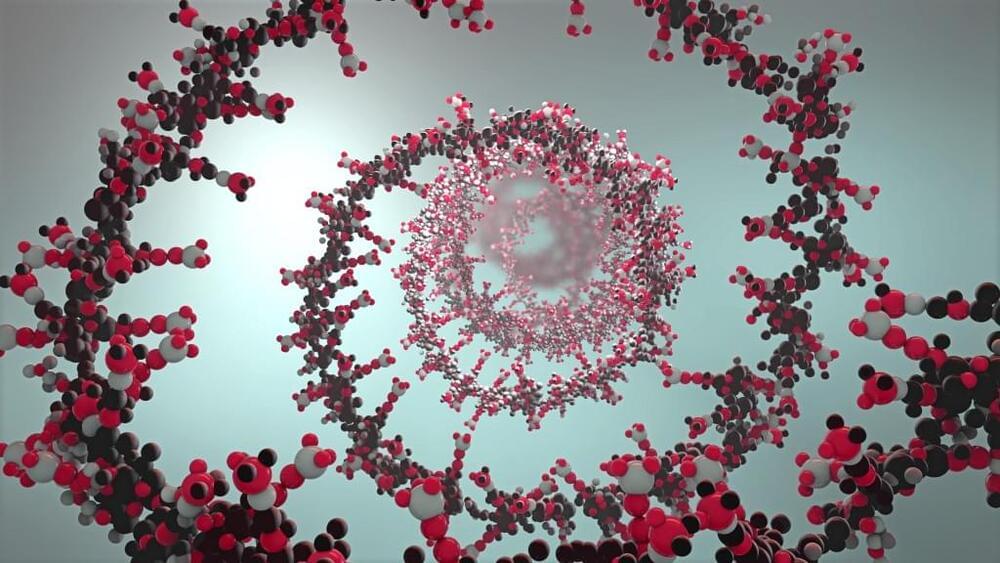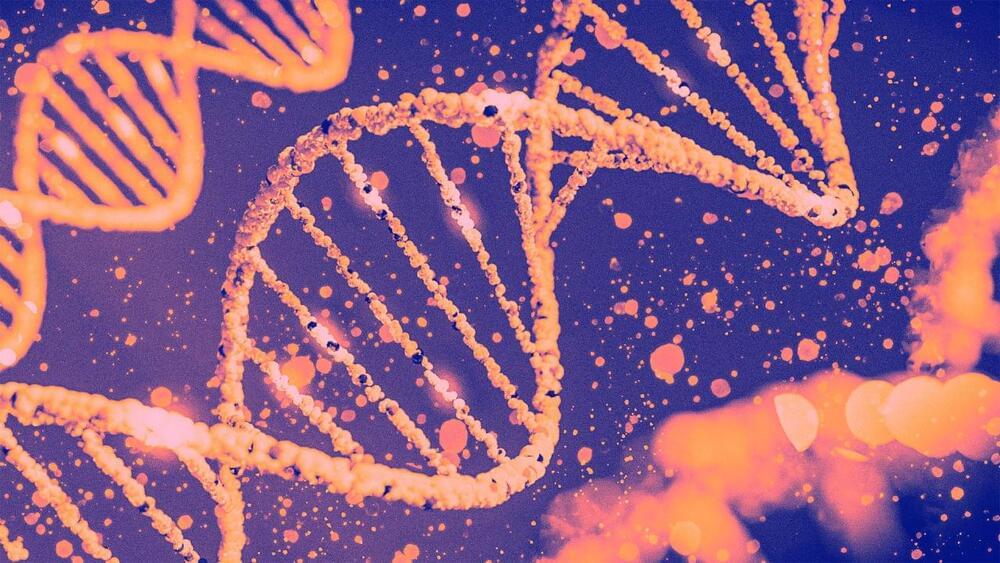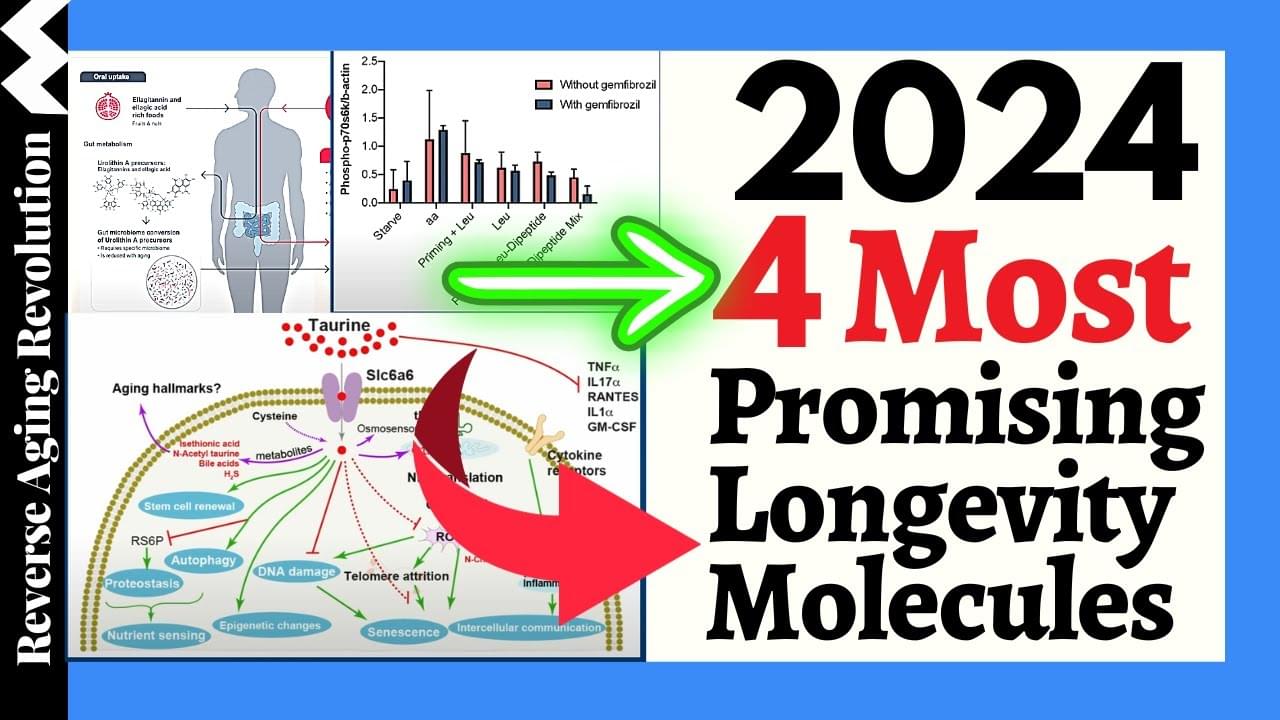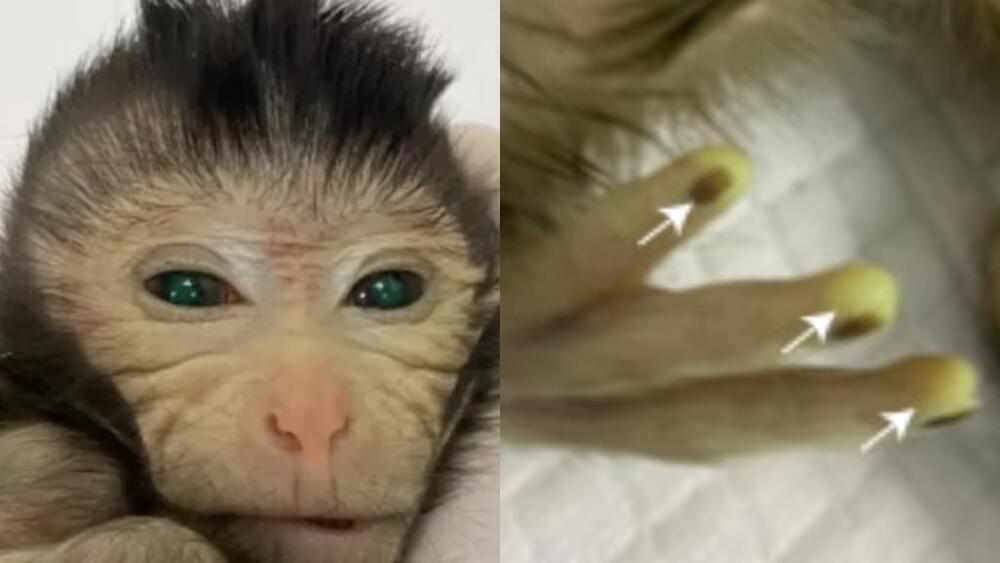
For many people struggling with obesity, the drug is a potential lifesaver. Excess weight is associated with higher incidences of stroke, heart and liver disease, sleep apnea, joint problems, and some cancers. A major clinical trial this year in tens of thousands of overweight people without diabetes found the main ingredient in Ozempic, semaglutide, reduced the risk of stroke and heart attack, while lowering the chances of death due to cardiovascular problems.
Perhaps even more importantly, the drug is gradually changing societal views on obesity—it’s not due to lack of will power, but a chronic medical condition that can be treated.
But Ozempic and similar drugs—like Wegovy, another semaglutide-based medication that has been FDA-approved for weight loss—are already set for the next chapter: tackling a wide range of brain disorders, including Alzheimer’s and Parkinson’s. Clinical trials are underway for addiction, and the drugs are showing early promise battling bipolar disorder and depression.

















